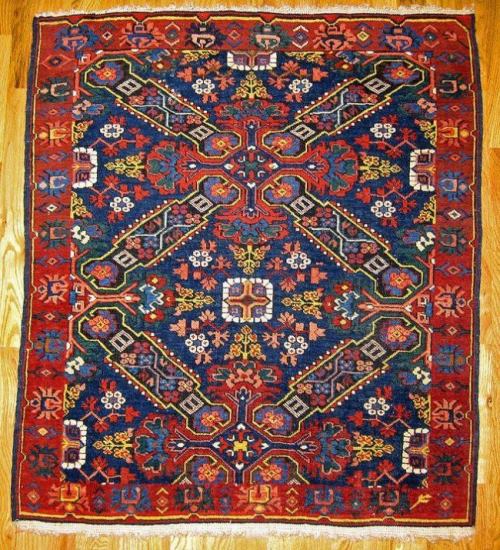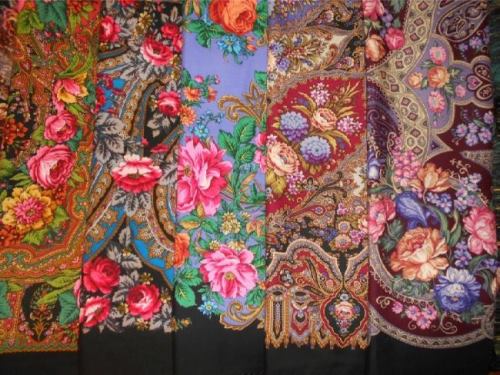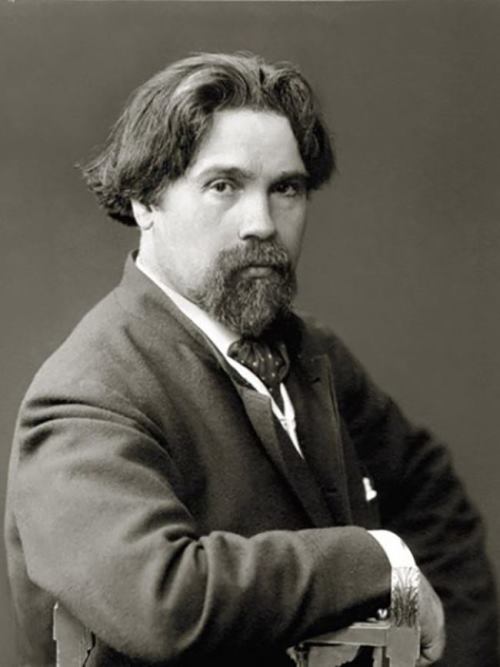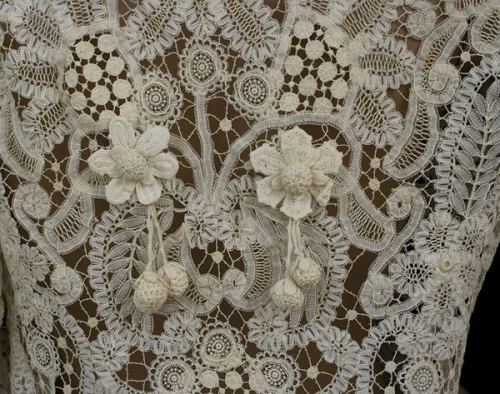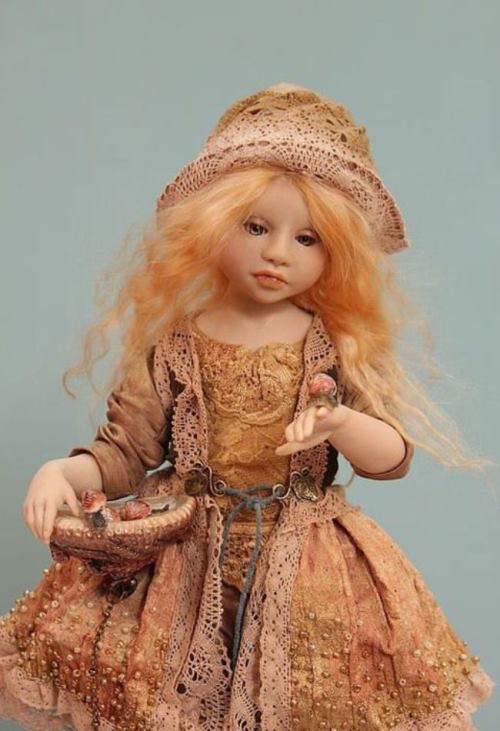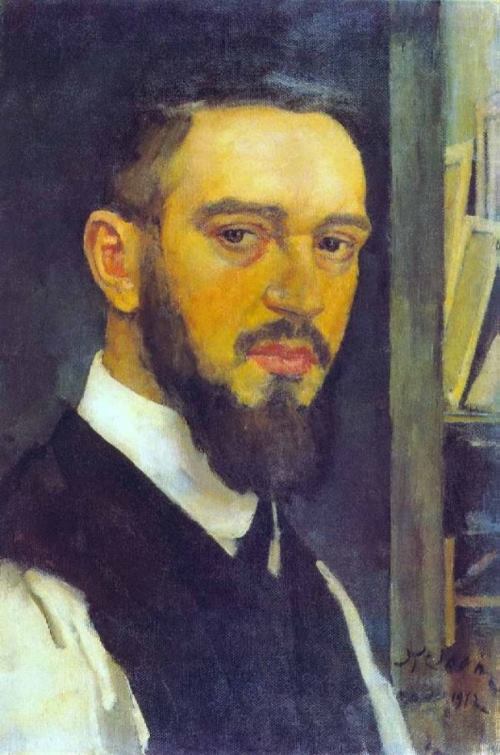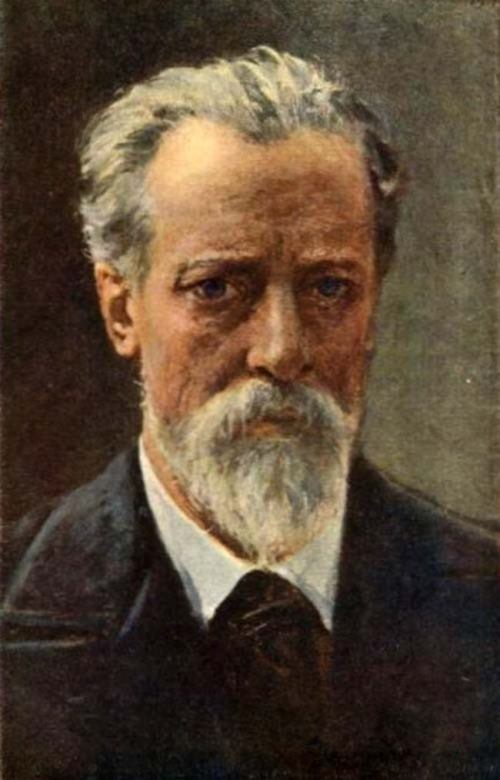Beautiful Carpets
The carpet is, perhaps, the most ancient piece of interior. It has gone from a simple mat, through all sorts of complications of weaves and knots, to the very idea of weaving.
Carpet making as a part of weaving art has being developed since ancient times. The earliest of the remaining carpets, dating back to approximately V century BC, was found in one of the graves in the Altai. Tapestry weaving is even more ancient. A linen shroud woven with multicolored lotus flowers and scarabs was found in the tomb of the Egyptian pharaoh Thutmose IV, dating back to about 1400 BC.
The carpet was created not only as a practical thing, protecting from the cold, but also as a decoration, giving solemnity to the temples and palaces of the rulers.
As carpet-craftsmanship developed, magical, symbolic, well-known and hidden drawings, signs, letters appeared on carpets. Probably the most common patterns were tree of life, the fruit of a pomegranate or almond — a possible “apple” from the tree of knowledge, Phoenix rising from the ashes.
More »
